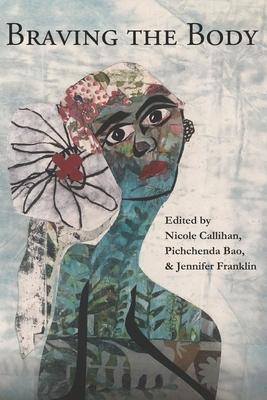It is only through the body that we receive images, and mostly through the images that we receive poems. Braving the Body is a collection of these fierce images; of 116 bodies; of, as Whitman writes in Leaves of Grass, "head, neck, hair, ears . . . mouth, tongue, lips . . . bowels sweet and clean . . . brain in its folds inside the skull frame . . . heart valves"; of Liza Katz Duncan's 10-week pregnant body driving south; of Diane Seuss's hair "the color of a field mouse" and Justin Wymer's "pill the color of her hair"; of the cast made of Drew Skelton's teeth; the discarded membranes of Fia Montero's "Diastasis Recti Abdominis"; the imagined daffodils planted by "our children's children" of Ann Fisher-Wirth's final consummation with her beloved. Absurd, sublime, anxious, and tender-these poems resonate in the very place they were born-the brave body in all its gore and glory.

Braving the Body
It is only through the body that we receive images, and mostly through the images that we receive poems. Braving the Body is a collection of these fierce images; of 116 bodies; of, as Whitman writes in Leaves of Grass, "head, neck, hair, ears . . . mouth, tongue, lips . . . bowels sweet and clean . . . brain in its folds inside the skull frame . . . heart valves"; of Liza Katz Duncan's 10-week pregnant body driving south; of Diane Seuss's hair "the color of a field mouse" and Justin Wymer's "pill the color of her hair"; of the cast made of Drew Skelton's teeth; the discarded membranes of Fia Montero's "Diastasis Recti Abdominis"; the imagined daffodils planted by "our children's children" of Ann Fisher-Wirth's final consummation with her beloved. Absurd, sublime, anxious, and tender-these poems resonate in the very place they were born-the brave body in all its gore and glory.